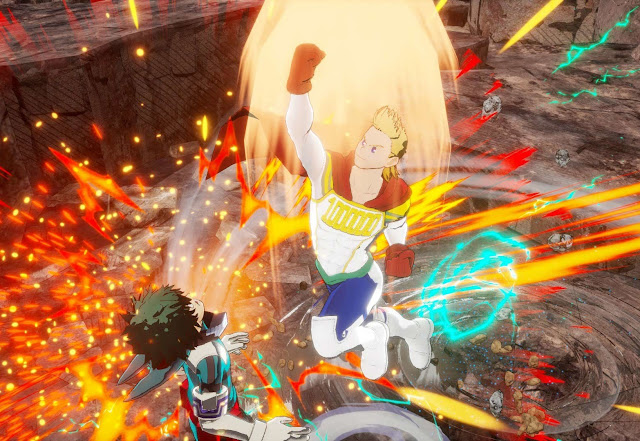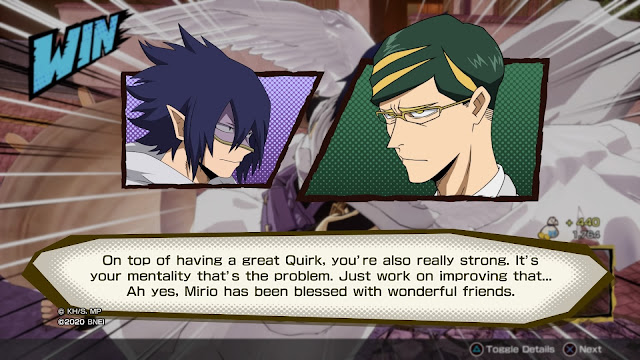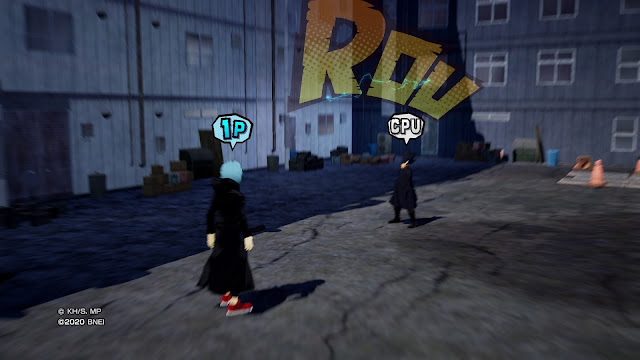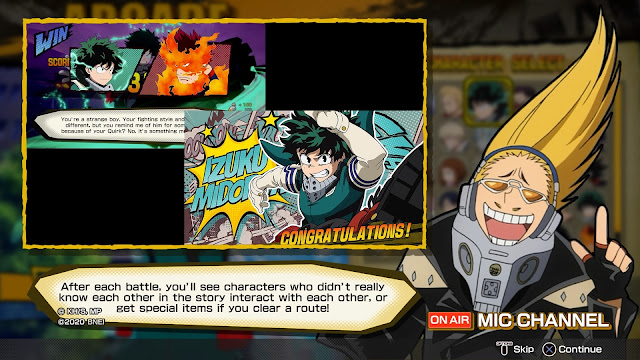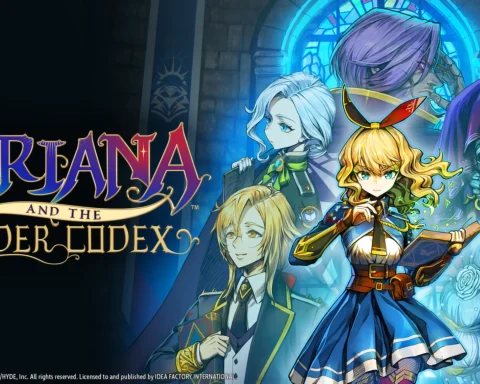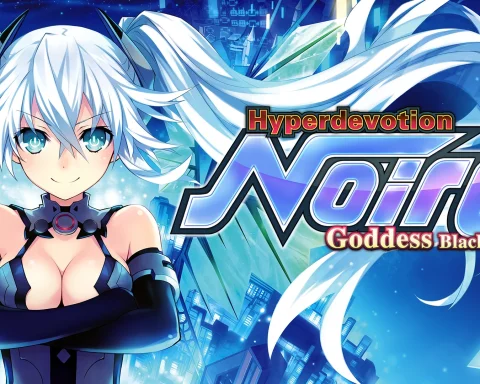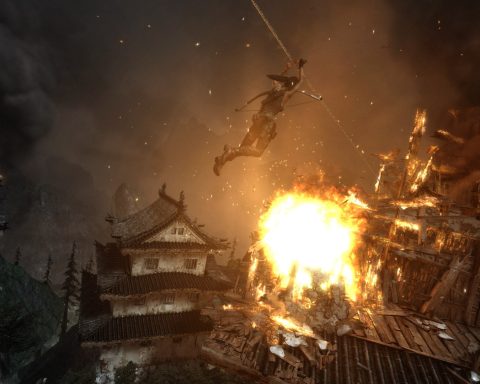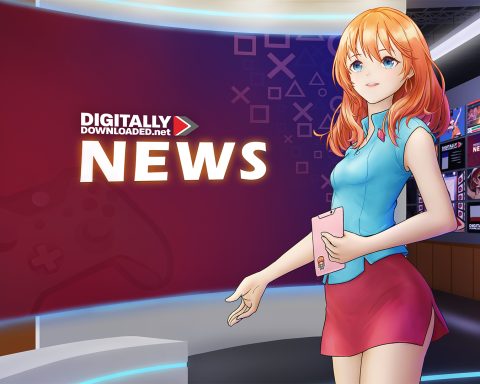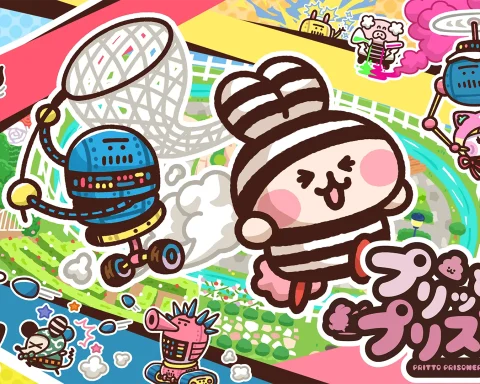Review by Clark A.
My Hero One’s Justice 2 is a straightforward expansion of the first game, offering new characters and stages galore. Although it relies on the same disappointing implementation of the anime’s story, the arcade mode compensates with humour. The refined arena fighting gameplay carries this one to being among the more unique anime arena fighters in recent years. The sheer personality of each character might be enough for those vaguely interested in the My Hero Academia craze to give this one a shot.
Contributor

